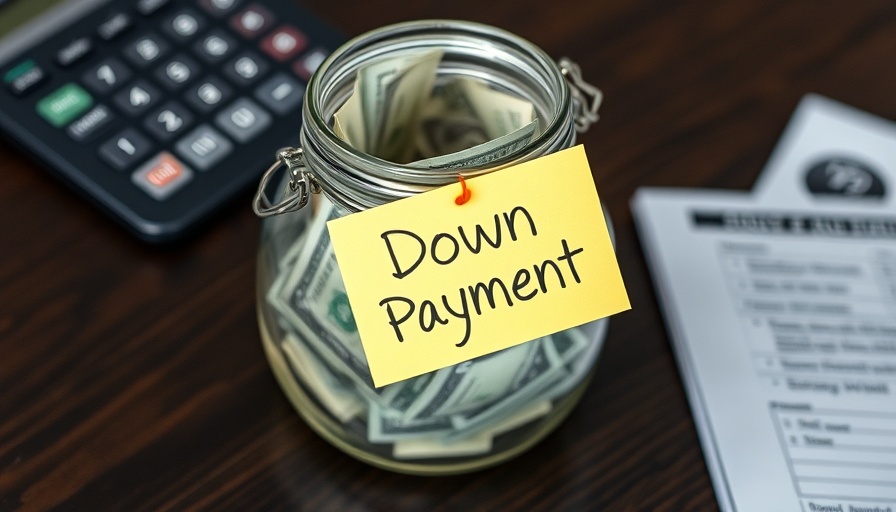
Understanding the Down Payment Dilemma
The journey to homeownership is thrilling but fraught with critical decisions. A significant milestone in this journey is the down payment—a phrase that often elicits a mix of excitement and apprehension among prospective buyers. While conventional wisdom suggests that a 20% down payment opens the door to lower monthly payments and better mortgage terms, the reality is nuanced. Borrowers must weigh immediate financial impacts against long-term benefits to determine which option aligns best with their economic goals.
The Basics of Down Payments: What You Need to Know
At its core, a down payment is the initial capital you contribute toward your home purchase. Expressed as a percentage of the purchase price, it establishes your immediate equity in the property and reduces the mortgage principle. A significant down payment lowers your loan-to-value (LTV) ratio, which in turn lowers the lender's risk exposure and might eliminate the necessity for private mortgage insurance (PMI). As mortgage rates continue to fluctuate, understanding how much you should set aside for a down payment becomes vital for potential homeowners.
Unpacking the Pros of Making a Large Down Payment
Choosing to put down a large down payment can significantly lower monthly mortgage payments, easing the financial burden on homeowners. For instance, for every $1,000 deposited, mortgage payments can decrease by approximately $6 to $10 monthly. However, with an affordable monthly payment, homebuyers might have more disposable income for other investments or personal priorities.
The Hidden Drawbacks of a Large Down Payment
While a large down payment offers benefits, it can also deplete savings, leaving homeowners with less cushion for emergencies or major purchases. Not to mention, locking up a significant amount of cash in a home can present liquidity challenges, particularly in uncertain economic climates where having accessible funds is essential. Buyers must vigilantly evaluate whether achieving that 20% threshold sacrifices important liquidity and investment opportunities.
The Case for Lower Down Payments: Flexibility Over Fixed Equity
In recent years, especially with the influence of online platforms like Zillow and Redfin, many are reconsidering the traditional approach. With as little as 3% down, buyers can leap into homeownership while preserving cash for other investments like property renovations or a diversified investment portfolio. This approach protects buyers from the risk of ‘being home poor,’ where too much money is tied up in their property. Moreover, many first-time buyers are encouraged to focus on affordability, understanding that the real estate market remains dynamic.
The Bigger Picture: Economic Trends and Future Predictions
As economic conditions evolve, so do the norms surrounding mortgage financing. With increasing property values and prevailing uncertainties in the economy, a conservative approach to down payments might seem wise. Analysts predict that mortgage rates could stabilize, leading many to confidently explore lower down payment options. This newfound flexibility may entice potential buyers to act sooner rather than later, tapping into favorable market conditions.
Local Insights: Adjusting Strategies for Market Variability
Real estate markets vary widely; therefore, tailoring strategies based on local conditions is paramount. In high-value markets like San Francisco, a larger down payment may have merit in securing a competitive edge, whereas in emerging markets, a smaller down payment may allow buyers to successfully navigate financing options while maintaining financial flexibility.
Making the Right Decision: Key Considerations
Ultimately, homeowners facing the down payment dilemma should consider their unique financial situation, including income levels, financial endurance, and long-term wealth-building ambitions. Each buyer's answer to the question, "Is a large down payment always best?" will depend on factors that extend beyond mere percentages.
Conclusion: Taking the Next Step in Your Homeownership Journey
Whatever path you choose, whether it’s aiming for that large down payment or adopting a more flexible approach, staying informed and seeking the guidance of a knowledgeable realtor can tailor your strategy to maximize your investment. Navigate your homeownership journey with the confidence that comes from understanding the pros and cons of your financial choices. Discover how Zillow and other real estate websites can help you find homes for sale that align with your unique financial goals and preferences.
 Add Row
Add Row  Add
Add 




Write A Comment